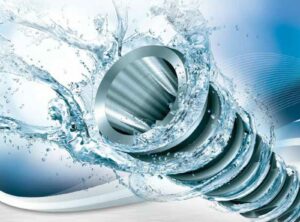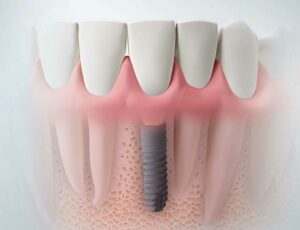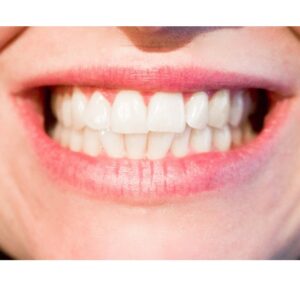Although the majority of dental implantations are conducted with little to no complications, a few issues can arise that make the dental implant process more difficult, and in some cases, impossible. One such problem is when patients have a soft bone environment. Soft-quality bone lacks some of the properties that make it more resistant to fracturing. When a bone environment is soft, the survival rate of the oral implant decreases.
However, there is hope. With advances in dental implant procedures and technology, patients with soft-quality bone may be able to go through with the implantation process. Leading the way is Hiossen® Implant, whose SS Implant system gives clinicians and patients the best possible outcome for those with a soft bone environment.
Let’s discuss some of the issues associated with soft bone and discover how the SS Implant system allows patients with this issue to enjoy effective dental implants.
The Best Bone for Dental Implants
The more bone present at the implant site, the better the chances for dental implant success. Implants also stimulate the bone, preserving its volume. The best bone for dental implants is Type 2 bone because it provides the best osseointegration of implants. This bone also provides stability through cortical anchorage and has high vascularity. The implant can integrate fully into the bone and be functional right away.
However, soft bone is Type 4, the least dense and most difficult to integrate a dental implant into. It also has the longest required healing period. Implant systems designed for soft bone regions make getting a dental implant possible in areas of the mouth with poor bone quality.
Difficulties Associated With a Soft Bone Environment
Most people think of bone as something that’s hard and reliable. After all, the skeletal structure is what supports our entire body, including our facial features and mouth. But the jaw bone is unique.
Bone in the upper jaw is typically softer while the lower jaw is harder. Also, the bone found in the front part of the mouth is harder than that which is located in the back. How dense these bones are helps determine the success of a dental implant. The harder the bone, the faster a procedure can be completed because it’s stronger from the get-go.
Unfortunately, some jawbones have the consistency of plastic foam, which would be considered a soft bone environment. Often found in the back part of the mouth, these bones have a lot of marrow but very little bone material making up the harder outer shell. Soft bone can be caused by the decay or infection that caused the tooth loss. If the gap in your teeth has been there for a while, that area of the jaw can deteriorate until it is too soft to support a traditional dental implant.
When a dentist encounters areas of soft bone, it makes the implantation process more difficult, as there is an increased likelihood that this type of bone will splinter, causing the dental implant to fail. This challenge makes the success rates of implants performed in a soft bone environment lower than those done in hard bone. Bone grafting is common to prepare for soft bone implants, but this process can delay implant surgery for up to three months.
However, using an implant system specifically designed for soft bone environments increases their stability and viability.
Why the SS Hiossen Implant System Is the Best Option for Soft Bone
Whether you’re a clinician or a patient, a soft bone environment doesn’t mean that dental implants are impossible. The SS Implant system by Hiossen Implants, specifically the SSIII SA implant fixture, was specially designed to improve the success rate of implantations in soft-quality bone. However, the SS Implant system can be used in a variety of other dental implant applications.
What makes the SSIII SA design so perfect for patients with soft bones? The system’s SSII and SSIII fixtures share characteristics that provide patients with many advantages:
- Non-submerged implant design allowing for one-stage procedures
- SA surface that’s been sandblasted and acid etched, increasing its surface roughness and encouraging bone growth and healing
- Self-threading design allowing for easier installation
But where the SSII and SSIII differ is in their design. The SSIII SA features a tapered body, which encourages implant stability, even in a soft bone environment. This quality means that it can be implanted without the need for a bone graft. Regardless of how soft the bone is, this implant design dramatically increases implantation success.
Contact Hiossen Implant to Learn More
At Hiossen, we want to be the solution for even your most difficult cases. Don’t let a soft bone environment keep you from providing your patients with the “third set of teeth” they hope for. Contact us today to find out about our variety of products and services, or find a sales representative near you.




